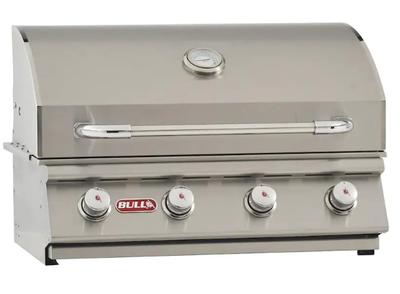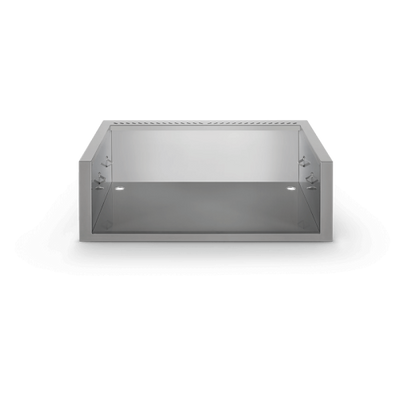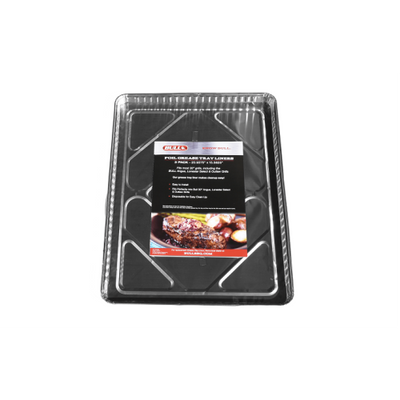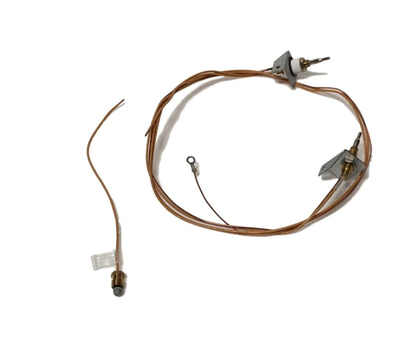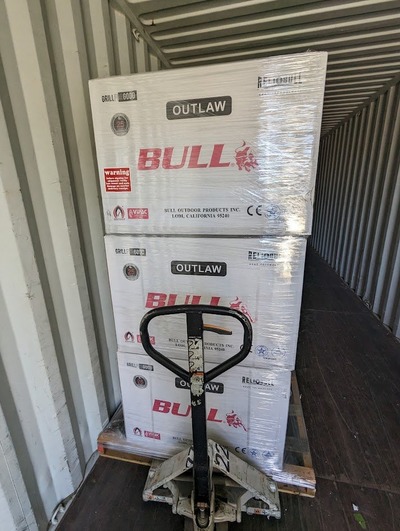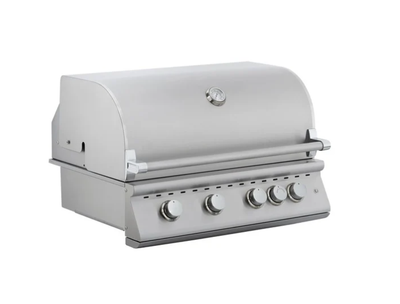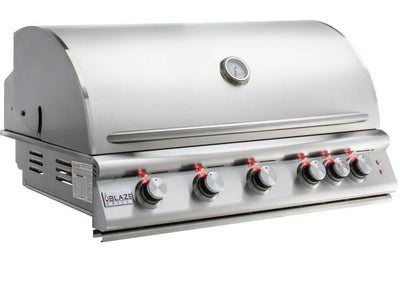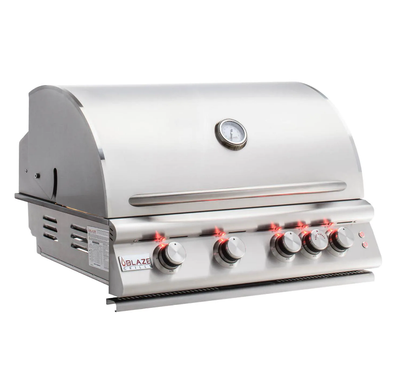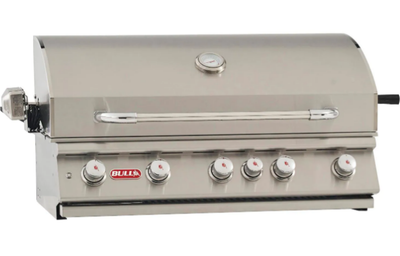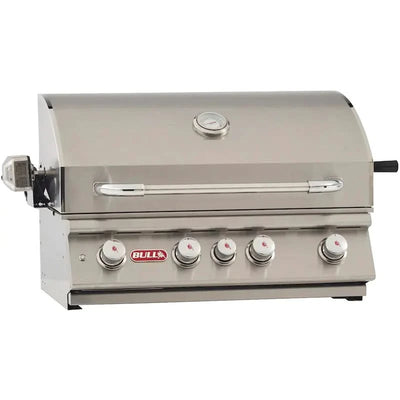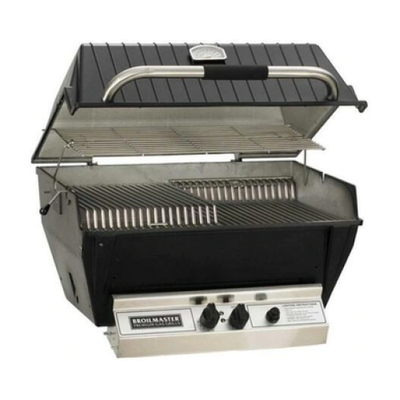Outdoor Kitchen Island Installation: Step-by-Step Guide

An outdoor kitchen island can transform your backyard, providing a functional space for cooking and entertaining while enhancing the aesthetic appeal of your home. Proper outdoor kitchen island installation is essential to ensure the durability and functionality of your outdoor kitchen. This step-by-step guide will walk you through the entire process, from planning and site preparation to the final touches and maintenance. Whether you opt for a DIY installation or seek professional help, this guide will provide invaluable tips and insights.
Planning Your Installation
Key Considerations Before Starting the Installation
Proper planning is essential before starting the installation process:
-
Budget: Determine your budget for the project, including materials, tools, and labor costs if you plan to hire professionals.
-
Design: Decide on the design, layout, and features you want for your outdoor kitchen island.
-
Permits: Verify local building regulations and secure any required permits.
-
Utilities: Plan for utility connections such as water, gas, and electricity.
Choosing the Right Location
The location of your outdoor kitchen island is crucial for functionality and aesthetics:
-
Accessibility: Select a spot that provides convenient access to your home and other outdoor spaces.
-
Proximity to Utilities: Ensure the location is near existing utility connections to simplify installation.
-
Sun and Shade: Consider the sun's position and provide shading if necessary to ensure comfortable use.
DIY Outdoor Kitchen Installation
Benefits and Challenges of DIY Outdoor Kitchen Installations
Opting for a DIY outdoor kitchen installation can be rewarding but comes with its own set of challenges:
Benefits:
-
Cost Savings: Save money by not hiring professional installers.
-
Customization: Complete control over the design and materials used.
-
Satisfaction: The pride and satisfaction of building your own outdoor kitchen.
Challenges:
-
Skill Level: Requires a certain skill level and knowledge of construction.
-
Time: DIY projects can be time-consuming.
-
Safety: Ensuring safety and compliance with local building codes.
Step-by-Step Guide to a DIY Outdoor Kitchen
Here’s a step-by-step guide on how to install an outdoor kitchen:
-
Design and Plan: Draw a detailed plan and list all necessary materials and tools.
-
Prepare the Site: Clear the area and level the ground.
-
Build the Frame: Construct the frame using durable materials.
-
Install the Countertop: Securely install the countertop on the frame.
-
Set Up Plumbing: Install water supply and drainage systems.
-
Electrical Setup: Connect electrical wiring for appliances.
-
Ventilation: Install proper ventilation systems.
-
Final Touches: Add finishes and accessories.
Tools and Materials Needed
List of Necessary Tools and Materials
For a successful installation, you will need the following tools and materials:
Tools:
- Measuring tape
- Level
- Screwdrivers
- Power drill
- Saw
- Pipe wrench
- Trowel
Materials:
- Outdoor-rated lumber or metal for the frame
- Countertop materials (granite, concrete, tile)
- Plumbing pipes and fixtures
- Electrical wiring and outlets
- Ventilation components
Recommendations for High-Quality Products
Investing in high-quality products ensures the longevity and performance of your outdoor kitchen island. Choose sturdy, weatherproof materials that can withstand the elements.
Preparing the Site
Detailed Steps for Site Preparation
Proper site preparation is vital for a solid and stable installation:
-
Clear the Area: Prepare the space by clearing away debris, vegetation, and any obstructions.
-
Level the Ground: Use a trowel and level to ensure the ground is even.
-
Lay the Foundation: Pour concrete or lay pavers to create a solid foundation.
Ensuring a Solid Foundation
A sturdy foundation prevents movement and provides a stable base for your outdoor kitchen island. Ensure the foundation is properly cured and level before proceeding with construction.
Installing the Frame and Countertop
Step-by-Step Instructions for Installing the Frame
-
Construct the Frame: Assemble the frame according to your design, using outdoor-rated materials.
-
Secure the Frame: Use screws and bolts to ensure the frame is securely fastened to the foundation.
-
Reinforce Corners: Add extra support at the corners for stability.
How to Install the Countertop Securely
-
Measure and Cut: Cut the countertop material to fit the frame dimensions.
-
Apply Adhesive: Use a high-quality adhesive to secure the countertop to the frame.
-
Seal Edges: Seal the edges to prevent water infiltration and damage.
Plumbing for Your Outdoor Kitchen
Setting Up Plumbing for Water Supply and Drainage
Proper plumbing setup is essential for functionality:
-
Plan the Layout: Determine the path for water supply and drainage pipes.
-
Install Pipes: Lay and connect pipes according to the plan.
-
Connect Fixtures: Attach faucets, sinks, and drainage systems.
Best Practices for Plumbing Installation
-
Use Quality Materials: Opt for durable, weather-resistant plumbing materials.
-
Ensure Proper Sealing: Seal all connections to prevent leaks.
-
Check for Compliance: Ensure plumbing installations meet local codes.
Electrical Setup for Outdoor Appliances
Installing Electrical Connections
Electrical setup is crucial for powering appliances:
-
Plan the Layout: Map out where appliances will be located.
-
Run Wiring: Lay electrical wires according to the plan.
-
Install Outlets: Place outlets in convenient locations for easy access.
Safety Tips and Compliance with Regulations
-
Use Outdoor-Rated Wiring: Ensure wires are rated for outdoor use.
-
Hire an Electrician: Consider hiring a professional for complex installations.
-
Follow Codes: Ensure compliance with electrical codes and regulations.
Ventilation Requirements
Importance of Proper Ventilation
Ventilation prevents smoke and odors from accumulating:
-
Health Benefits: Reduces exposure to smoke and fumes.
-
Safety: Prevents fire hazards by dispersing heat and smoke.
How to Install Ventilation Systems Effectively
-
Choose Ventilation Type: Options include range hoods or vent fans.
-
Install Properly: Ensure the ventilation system is securely fitted and covers the cooking area.
-
Test Functionality: Check that the system effectively removes smoke and odors.
Final Touches and Maintenance
Adding Final Touches
Enhance your outdoor kitchen with these final touches:
-
Decorative Elements: Add tiles, paint, or decorative stones.
-
Additional Features: Incorporate lighting, seating, and landscaping.
Tips for Maintaining Your Outdoor Kitchen Island
-
Regular Cleaning: Clean surfaces and appliances regularly.
-
Protective Covers: Use covers during off-seasons.
-
Routine Inspections: Check for wear and tear and fix problems promptly.
Conclusion
Installing an outdoor kitchen island can enhance your backyard, providing a functional space for cooking and entertaining. Whether opting for a DIY approach or seeking professional installation, careful planning and proper execution are essential. Understanding the importance of site preparation, choosing the right materials, and adhering to safety guidelines ensures a successful installation.
Transform your backyard with a high-quality outdoor kitchen island from Outdoor Kitchen Outlet! DIY builders and those seeking expert guidance can find the best products to bring their vision to life.
Call (888) 667-4986 today to start creating your perfect outdoor cooking space!
 - Call
- Call 

